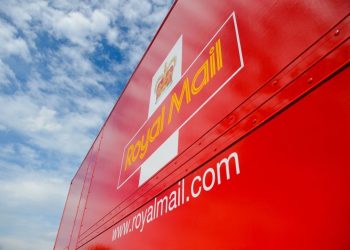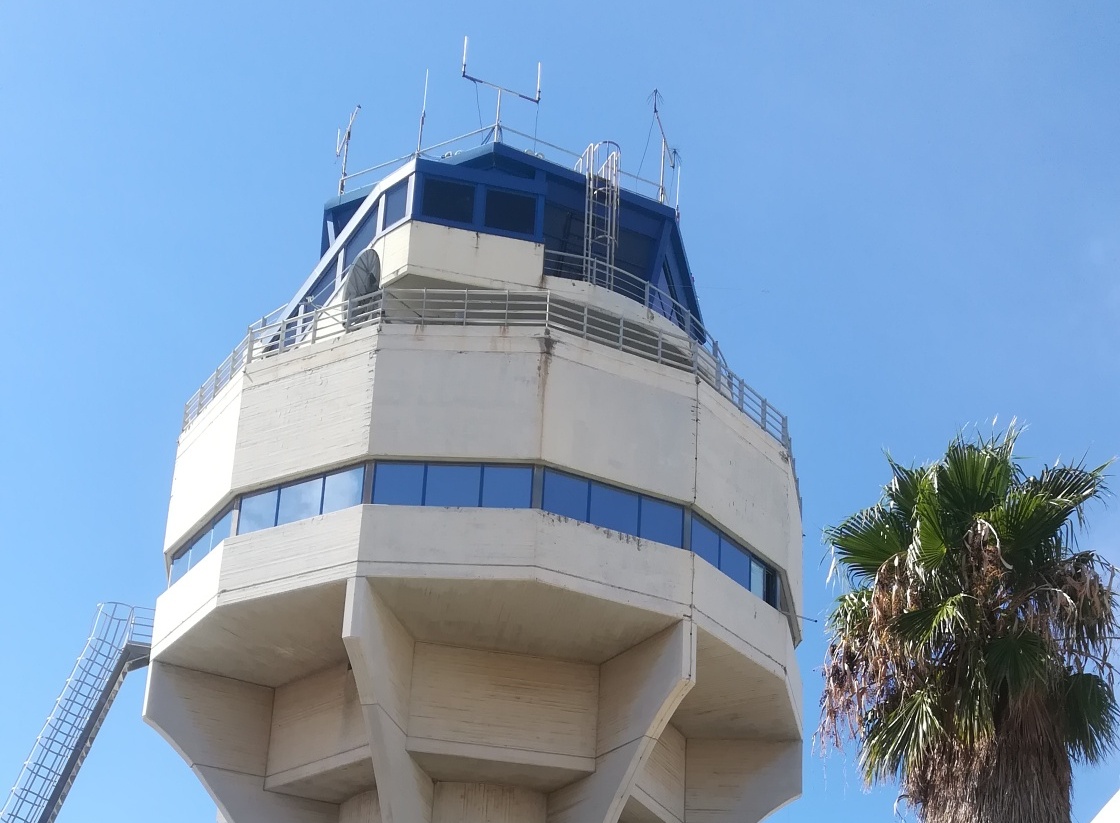Royal Mail announced the installation of the first postbox to bear the cypher of HM King Charles III.
The box, located on High Street, Great Cambourne was unveiled by children from The Vine Inter-Church Primary School in Upper Cambourne, and HM Lord-Lieutenant of Cambridgeshire, Mrs Julie Spence OBE CStJ QPM. The children then posted the first letters in the box, using Special Stamps that celebrated His Majesty’s Coronation.
As a school project, each of the children was asked to write a letter to The King about the school’s Forest School, which will be opening in September 2024. The Forest School is part of The Vine’s approach to supporting pupil’s social and emotional needs, as well as a first step in becoming carbon neutral. The children also formally invited the King to open their Forest School.
The pupils also expressed their interest in the environment and asked King Charles his advice on moving towards a more sustainable future. The letters were placed in an envelope and posted jointly by the Head Pupil and Deputy Head Pupil and sent to The King at Buckingham Palace.
Emma Gilthorpe, CEO, Royal Mail said: “More than 115,000 postboxes across the UK have recorded the succession of monarchs since the first box bore the cypher of Queen Victoria. We thank His Majesty for granting us the use of his personal cypher as we begin the next chapter in the story of the iconic Great British postbox in Great Cambourne.”
The King’s cypher consists of the initials of the monarch’s name, Charles III, and title, Rex – Latin for King, alongside a representation of the Tudor Crown. Royal Mail is pleased and honoured to carry the cypher as its use is in the personal gift of the King.
A commemorative plaque records the special status of this historic postbox. Although a number of new or replacement postboxes have been installed since His Majesty ascended the throne, existing stocks carrying the cypher of Her Late Majesty Queen Elizabeth II continued to be used up, until now.
The tradition of using a royal cypher on postboxes dates back to Queen Victoria’s reign. The use of the cypher on Royal Mail postboxes identifies the reigning monarch at the time they were created. When there is a change in monarch, any new postboxes carry the new cypher, but existing postboxes retain the cypher from the period in which they were installed.
The cypher is also applied to the doors of Royal Mail vehicles. The initial roll-out of the new cypher across Royal Mail’s fleet will see 100 trucks bearing the cypher on the 12 July, with a further 290 trucks due to receive the new logo over the next six weeks. In total, 3636 delivery vehicles will be updated from August-October 2024.
There are currently 115,000 postboxes in operation across the UK.
Brand logo
Royal Mail also today announced a change to its brand logo, known as the Cruciform.
The Cruciform is comprised of the words ‘Royal Mail’ (or ‘Post Brenhinol’ for Wales) in yellow double line lettering below St Edward’s Crown and is used on the company’s vehicle livery, building logos, online branding and stationery.
The Cruciform will now feature the Tudor Crown, used by King Charles, and will be seen on assets as the business begins the transition to using the new logo. In line with guidance from the Royal Household, the new cruciform will be applied to new and replacement signage, stationery and vehicles to avoid unnecessary expenditure or waste.
The Royal Cypher on postboxes in Scotland
The King’s cypher will not be applied to new postboxes in Scotland. Since 1955 Scottish postboxes have been distinguished by the St Andrews crown rather than the monarch’s cypher. There will be no change of policy on future postboxes in Scotland.
The history of the iconic British postbox*
In the 1850s, author Anthony Trollope was working as a Surveyor’s Clerk for the Post Office. He proposed the introduction of post boxes in Britain – probably after seeing road-side letter boxes in France and Belgium. A trial on the Channel Islands was approved and on 23 November 1852, four cast-iron pillar boxes were installed in Jersey with an extension to the trial in Guernsey the next year.
After a successful trial period in Jersey and Guernsey, the first pillar boxes appeared on mainland Britain from 1853. These early letter boxes were not standardised as design, manufacture and installation was largely the responsibility of local surveyors.
By 1859, all pillar boxes were standardised in two sizes, a larger size for high volume areas and narrower for elsewhere, with a cylindrical shape, painted green. These green letter boxes were so unobtrusive that complaints were received as people had difficulty finding them. The iconic red colour of the pillar boxes was then standardised in 1874, though it took 10 years to complete the programme of re-painting.
In Liverpool, the District Surveyor commissioned his own non-standard pillar box in 1862 – known now as the Liverpool Special.
There were a few exceptions to the iconic red pillar boxes. In the 1930s, blue boxes for posting airmail letters were installed – but these were removed, repainted red and re-entered service for standard mail by 1939. And in 2012, post boxes in the homes of Britain’s gold medallists were painted gold.
There are thousands of postboxes across the United Kingdom and the best way to date them is to look at their cypher. This will identify the Monarch that was on the throne during their creation. When the monarch changes, new pillar boxes do not replace old but are added to those in use.
*Courtesy of The Postal Museum.
(Royal Mail)



















































